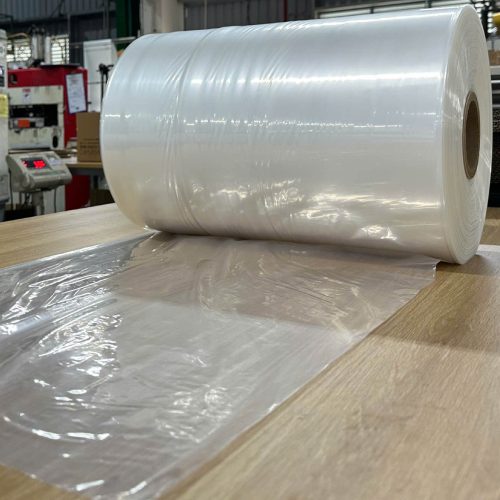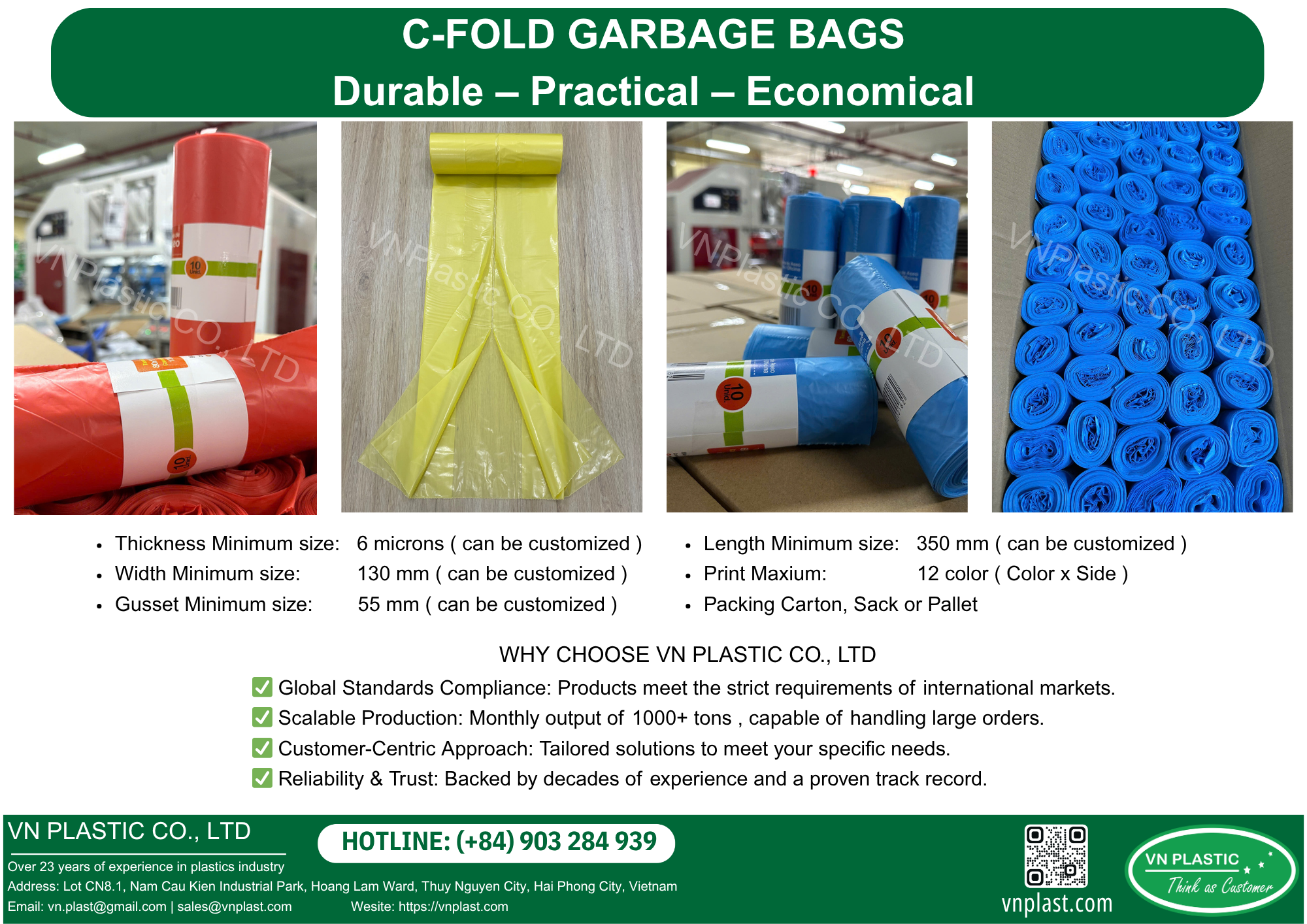Plastic bags have become a ubiquitous part of daily life, serving various functions far beyond simple utility. Their lightweight design and adaptability make them essential in countless scenarios—from shopping to storage—and their significance cannot be overstated. As we delve into the intricate world of plastic bags, it becomes evident that embracing their versatility can lead to innovative solutions for both everyday challenges and larger environmental considerations.
The Evolution of Plastic Bags

The journey of plastic bags is as fascinating as it is complex. They have transformed from a mere convenience to a vital tool in various sectors.
Historical Background of Plastic Bags
The origins of plastic bags date back to the mid-20th century when they were first introduced as a solution to the increasing demand for durable, lightweight packaging.
Initially, plastic bags were seen as a revolutionary alternative to paper and cloth bags, promising ease-of-use and affordability. Retailers embraced them enthusiastically, providing customers with an efficient way to carry groceries and other purchases.
However, as time went on, society began to recognize the environmental implications of these once-celebrated inventions. Awareness of pollution and waste management issues led to a reevaluation of plastic bags‘ role in our lives, prompting both consumers and manufacturers to seek alternatives and adaptations.
Technological Advancements in Production
Over the years, advancements in technology have transformed how plastic bags are produced. Innovations in materials and manufacturing processes have made it possible to create stronger, more versatile bags that can handle heavier loads without tearing.
Moreover, the introduction of biodegradable options has provided environmentally-conscious consumers with choices that lessen their impact on the planet. These developments not only address sustainability concerns but also cater to the diverse needs of different businesses and individuals.
As the production landscape continues to evolve, it’s crucial to remain informed about the latest trends and technologies in plastic bag manufacturing.
Shifting Consumer Attitudes
In recent years, there has been a notable shift in consumer attitudes towards plastic bags. Increased awareness of environmental issues has led many people to reconsider their usage.
While some still advocate for traditional plastic bags due to their convenience, others are opting for reusable alternatives or biodegradable options. This change reflects a growing consciousness around sustainability and responsible consumption.
As consumers navigate this evolving landscape, they are increasingly seeking products that align with their values. Manufacturers must adapt to this trend by offering innovative solutions that meet the demands of eco-conscious shoppers.
Practical Uses of Plastic Bags

Despite the challenges associated with plastic bags, their practical applications are undeniable. From household organization to creative projects, they serve countless purposes that enhance everyday life.
Organizing Household Items
One of the most underrated uses of plastic bags is their ability to help organize household items.
From keeping holiday decorations in check to storing seasonal clothing, plastic bags offer a simple solution for clutter control. Their versatility allows for easy segregation of items, ensuring that everything remains accessible and orderly.
Furthermore, utilizing plastic bags for organization can save space and reduce the likelihood of damage to delicate items. For instance, using sturdy plastic bags to store shoes can prevent scuff marks and dust accumulation, prolonging the lifespan of your footwear.
Creative Projects and Crafts
In addition to their organizational benefits, plastic bags can be repurposed for creative projects.
Whether you’re crafting unique art pieces or making functional household items, the possibilities are endless. One popular craft involves weaving plastic bags into colorful mats, bags, or even decorative wall hangings. This not only promotes recycling but also encourages creativity and innovation.
Moreover, families can engage children in fun and educational activities by repurposing plastic bags for crafts. This hands-on approach fosters a sense of resourcefulness and environmental responsibility among young learners.
Travel and Storage Solutions
When it comes to travel, plastic bags can offer invaluable assistance.
They serve as ideal packing tools for separating dirty laundry, toiletries, or fragile items. By utilizing plastic bags to compartmentalize luggage, travelers can streamline their packing process and enhance their overall experience.
Additionally, plastic bags are excellent for storing food items, especially when freezing leftovers or marinating meats. By removing excess air, they help preserve freshness while minimizing waste—making them indispensable in any kitchen.
Environmental Considerations and Innovations

The conversation surrounding plastic bags often turns to their environmental impact. However, it’s important to explore not only the challenges they present but also the innovations that aim to mitigate these concerns.
The Plastic Waste Challenge
Plastic waste is one of the most pressing environmental issues of our time. As plastic bags contribute significantly to landfill waste, their longevity poses a challenge for ecosystems and wildlife.
Single-use plastic bags are particularly problematic, as they are often discarded carelessly. Education and awareness campaigns have emerged to encourage responsible disposal and recycling practices, but the issue persists.
Communities worldwide are grappling with how to manage plastic waste effectively while balancing convenience and accessibility. This ongoing dilemma calls for collaborative efforts between consumers, manufacturers, and policymakers.
Innovations in Biodegradable Materials
In response to the growing concerns over plastic waste, researchers and manufacturers have been exploring biodegradable alternatives to conventional plastic bags.
These innovative materials break down more quickly in the environment, reducing the long-term impact on ecosystems. As the market for biodegradable options expands, consumers are presented with choices that align with their values without sacrificing convenience.
Moreover, ongoing research aims to improve the durability and functionality of biodegradable bags, ensuring that they hold up to everyday use. As these materials advance, they may pave the way for a more sustainable future.
Recycling Initiatives and Community Engagement
Another approach to addressing the environmental impact of plastic bags is through recycling initiatives and community engagement.
Many municipalities have implemented recycling programs aimed specifically at collecting plastic bags and other soft plastics. These initiatives not only promote responsible disposal but also raise awareness about the importance of recycling in reducing waste.
Community organizations and advocacy groups play a crucial role in educating the public about recycling practices and the potential benefits of reusing plastic bags. By fostering a culture of sustainability, these groups empower individuals to take action and contribute positively to their communities.
Rethinking Plastic Bags: A Path Towards Sustainability
As society grapples with the complexities of plastic use, it is essential to rethink our relationship with plastic bags. By recognizing their potential while simultaneously addressing their environmental impact, we can forge a path toward sustainability.
Educating Consumers on Responsible Use
Education is a powerful tool in promoting responsible consumption of plastic bags. By equipping consumers with knowledge about their environmental impact, we can foster a culture of mindful usage.
Workshops and informational campaigns can help consumers understand the importance of reducing single-use plastic bag consumption and embracing reusable options. Simple strategies, such as carrying reusable bags while shopping, can significantly diminish reliance on plastic bags.
Moreover, encouraging dialogue around sustainable practices can inspire individuals to make informed decisions that benefit both themselves and the planet.
Collaboration Between Stakeholders
Creating a more sustainable system around plastic bags requires collaboration between multiple stakeholders, including manufacturers, retailers, consumers, and policymakers.
Manufacturers can commit to creating eco-friendly alternatives, while retailers can implement incentives for customers who choose reusable bags. Policymakers can develop regulations that promote responsible plastic usage and waste reduction.
By working together, these stakeholders can cultivate an environment that prioritizes sustainability while still accommodating the needs of consumers.
Embracing Innovation in Design
Innovation plays a crucial role in transforming the plastic bag industry. By investing in research and development, companies can create new materials and designs that maximize functionality while minimizing environmental impact.
For instance, designers can explore multi-use bags that serve various purposes, reducing the need for multiple single-use bags. Additionally, improved recycling technologies can enhance the efficiency of plastic bag recycling, allowing for better recovery and reuse of materials.
As innovation continues to shape the industry, consumers will benefit from more sustainable options that align with their preferences.
Conclusion
Embracing the versatility of plastic bags offers valuable insights into our consumption habits and environmental responsibilities. While they present challenges, their practical applications and potential for innovation cannot be overlooked.
By recognizing their significance and taking collective action toward sustainability, we can cultivate a more mindful approach to plastic bag usage. As we move forward, let us celebrate the creative potential of plastic bags while advocating for practices that protect our planet for future generations.
Factory: No 5, Lot CN8.1, Nam Cau Kien Industrial Park, Hoang Dong Commune, Thuy Nguyen District, Hai Phong City, Viet Nam.
Tel/whatsapp:(+84)903 284 939
Ws: http://vnplast.com
Email: [email protected] | [email protected]




